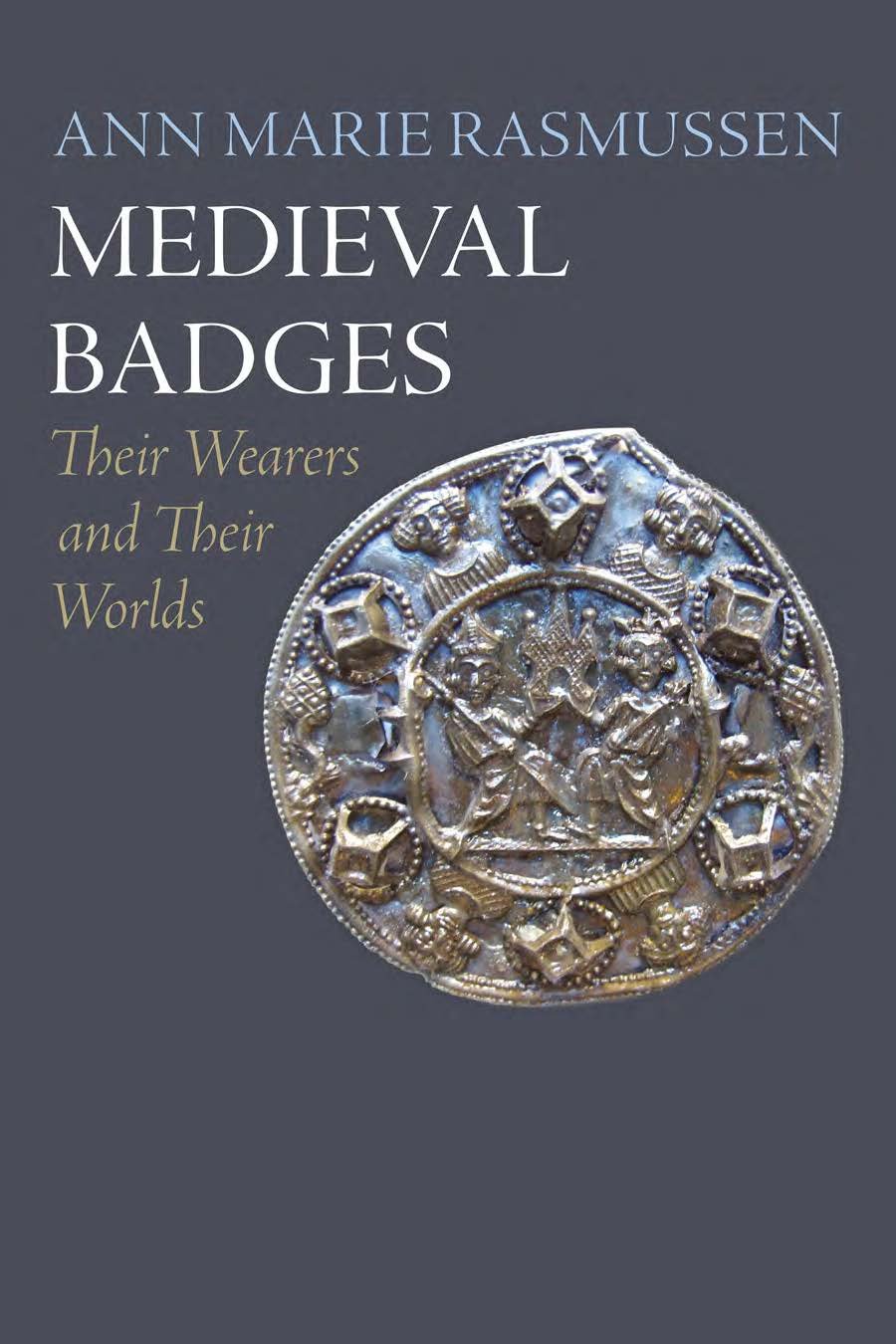Lab Co-Director Wins Prestigious Award
A huge congratulations to Ann Marie Rasmussen for achieving the distinction "Honorable Mention" from the German Academic Exchange Service for her book Medieval Badges: Their Wearers and Their Worlds.
Here is what they had to say:
A fascinating study of late medieval visual literacy that cuts across disciplines including literary history, art history, archeology, visual studies, religious studies, and more, Medieval Badges: Their Wearers and Their Worlds is also a meta reflection on scholarship on material cultures and worlds that elude our understanding. The disappearance and fragility of these badges, often made of cheap metal and only with ca. twenty thousand preserved specimens out of an estimated ten million manufactured ones, serves as a point of departure for reflection on the work we go as cultural historians with only partial access of the lifeworlds with which we are concerned. Unable to rely on the objects’ inherent gravitas, this study is also an object lesson in scholarly engagement with non charismatic objects, given that surviving badges are as a rule tarnished and stripped of most all embellishment and whose significance for the period in question has been overshadowed by far larger and far more sophisticated objects such as cathedrals, tapestries, and illuminated manuscripts. In Rasmussen’s book, badges become a portal to extended lines of inquiry into identity formation, communal belonging, and visual cultures in the late medieval world and beyond.
Along with being impeccably written with an accessibility and yet also a precision of expression that is enviable, this book is also a tremendous work of the imagination, taking the readers into the thought processes and unanswered questions of an experienced reader, including reflections on best practices for academic writing. In particular, the author engages in a series of thought experiments in what she calls “informed imagination”: fictional vignettes, informed by extensive historical scholarship, of everyday late medieval life, which re-animate the badges and convey the lively relations in which they were entangled. Working with such tarnished objects, direct evidence of whose uses by wearers is virtually absent, Rasmussen skillfully restores their significance and capacity to exert a hold on the imagination and to be meaningful, as they once did for millions of people centuries ago. Overall, this tour de force of material cultural studies and social history holds relevance for methodological self-reflection and humanistic ethos across German Studies. As such, it is deserving of recognition and readership by scholars who do not specialize in the late medieval period. While it offers in-depth and broadly synthetic research for scholars of the medieval period, it also advances potential paradigm shifts for the understanding of modernity and its association of mass media and mass production. Integrating creative vignettes that bring history to life, Medieval Badges explores new ways of representing research that have the potential to invigorate and reimagine the traditional medium of the scholarly book.


